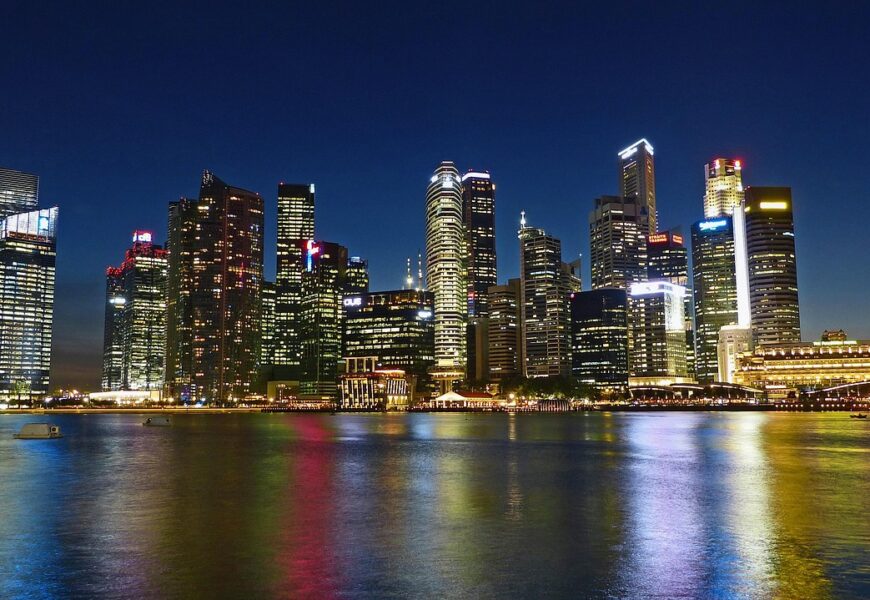Thailand’s red light districts represent a complex and controversial aspect of the country’s social landscape, attracting significant global attention and generating ongoing debates about tourism, economic survival, and human rights. Located primarily in major urban centers like Bangkok and Pattaya, these areas have become infamous for their nightlife entertainment industry, which encompasses a wide range of social and economic interactions. While often sensationalized in media, the red light districts are deeply rooted in complex socioeconomic dynamics that extend far beyond simplistic stereotypes.
Historical Context and Social Origins
The emergence of Thailand’s red light districts can be traced back to multiple historical factors, including economic marginalization, rural poverty, and limited social mobility for women in traditional Thai society. During the Vietnam War era, these areas initially developed as entertainment zones for military personnel, gradually evolving into more structured commercial districts. Economic challenges in rural provinces historically pushed many young individuals, particularly women, to seek alternative income opportunities in urban centers.
Sociological research indicates that approximately 2-3% of Thailand’s GDP has been historically linked to sex-related tourism, highlighting the economic significance of these districts. This complex ecosystem involves multiple stakeholders, including local businesses, entertainment venues, and individuals seeking economic survival through various service-based occupations.
Legal and Regulatory Landscape
Thailand’s approach to red light districts involves a nuanced legal framework that simultaneously acknowledges and regulates these spaces. Prostitution remains technically illegal, yet enforcement practices are markedly inconsistent. Local authorities often adopt a pragmatic approach, focusing on maintaining public order and preventing exploitative practices rather than implementing strict prohibitive measures. Municipal regulations in areas like Bangkok’s Patpong and Pattaya’s Walking Street establish specific operational guidelines for entertainment establishments.
International human rights organizations continuously monitor these districts, advocating for improved worker protections and challenging systemic vulnerabilities. Recent legislative efforts have increasingly emphasized consent, age verification, and worker safety, reflecting growing awareness of potential exploitation risks.
Economic Dynamics and Tourism Impact
Red light districts represent a significant component of Thailand’s tourism economy, attracting millions of international visitors annually. While controversial, these areas generate substantial revenue through entertainment venues, hospitality services, and associated businesses. Economic studies estimate that entertainment-related tourism contributes billions of dollars to the national economy, creating complex interdependencies between local communities and global visitor markets.
The economic ecosystem extends beyond direct entertainment services, encompassing restaurants, hotels, transportation services, and peripheral businesses that benefit from increased tourist traffic. This multifaceted economic model demonstrates the intricate relationships between tourism, local employment, and urban development strategies.
Social and Cultural Complexities
Understanding Thailand’s red light districts requires moving beyond simplistic moral judgments and recognizing the nuanced social dynamics at play. Many individuals working in these environments view their occupations as rational economic strategies within limited opportunity structures. Anthropological research emphasizes the importance of understanding individual agency, economic constraints, and cultural contexts that shape these professional choices.
Community support systems, informal social networks, and familial economic dependencies often characterize these environments, challenging external perceptions of victimization or uniformity. Workers frequently develop sophisticated strategies for navigating complex social and economic landscapes, demonstrating remarkable resilience and adaptability.
Health and Safety Considerations
Public health remains a critical concern within red light districts, with ongoing efforts to implement comprehensive health screening, HIV prevention programs, and sexual health education. Government and non-governmental organizations collaborate to provide medical services, counseling, and support mechanisms for individuals working in these environments.
Harm reduction strategies have increasingly focused on empowerment, voluntary testing, and creating supportive infrastructure that prioritizes individual well-being over punitive approaches. These initiatives represent important steps toward recognizing the fundamental human dignity of all individuals, regardless of their professional circumstances.
Conclusion and Future Perspectives
Thailand’s red light districts represent a complex social phenomenon that defies simplistic categorization. While challenging and controversial, these spaces reflect broader economic, cultural, and social dynamics that demand nuanced understanding. Future developments will likely involve continued efforts to balance economic realities, worker protections, and evolving social norms. Sustainable progress requires collaborative approaches that prioritize human rights, economic opportunities, and comprehensive social support systems.









